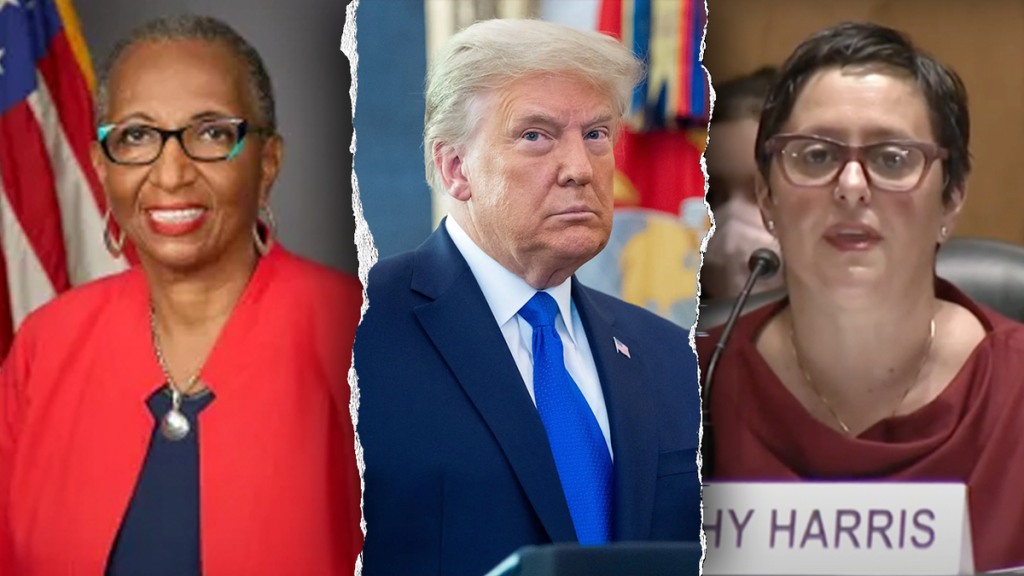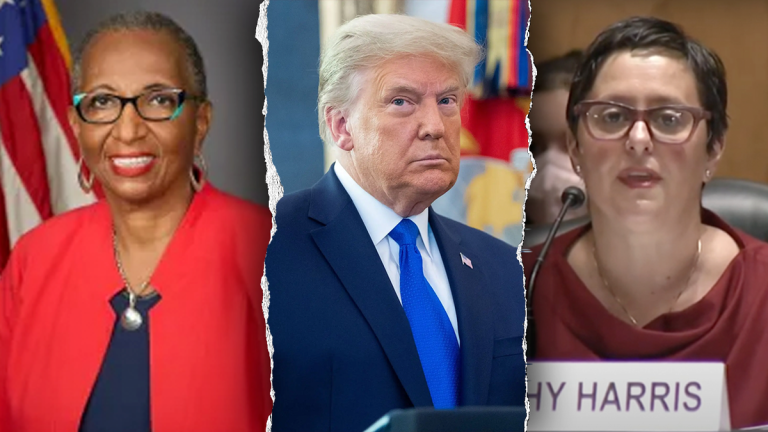
Washington, D.C. – May 23, 2025 — In a high-stakes decision with major implications for executive power, the U.S. Supreme Court ruled on Monday that former President Donald Trump acted within his authority when he removed several Biden-appointed members of a federal board during the final year of his presidency.
The 6-3 ruling fell largely along ideological lines, with the court’s conservative majority siding with Trump’s legal team, who argued that the president retained broad authority to remove executive branch officials, even those appointed by a political rival.
The case centered around the Federal Infrastructure Oversight Board (FIOB), a regulatory body established in 2021 to supervise the disbursement of billions in infrastructure spending under the Biden administration’s “Build Back Better” initiative. Several of the board’s early appointees, named by President Biden before Trump’s re-election in 2024, were dismissed shortly after Trump took office again.
Those removed members filed suit, claiming their dismissal was unconstitutional and violated federal statutes outlining fixed terms of service meant to insulate the board from political interference.
However, in the majority opinion written by Chief Justice John Roberts, the Court held that the Constitution grants the president the authority to remove executive officials at will, unless otherwise specified by Congress with unmistakable clarity.
“The power to remove is essential to the President’s ability to ensure that the laws are faithfully executed,” Roberts wrote. “Absent clear statutory limits, the President retains the authority to dismiss officers who exercise significant executive power.”
The Court drew heavily from precedent established in cases such as Seila Law v. CFPB (2020) and Myers v. United States (1926), both of which affirmed broad presidential removal powers.
Justice Sonia Sotomayor wrote a scathing dissent, joined by Justices Elena Kagan and Ketanji Brown Jackson, warning that the decision undermines the integrity of independent oversight and opens the door to politicization of federal boards.
“Today’s decision signals that no regulatory body — no matter how critical to public accountability — is beyond the reach of partisan interference,” Sotomayor wrote. “The result is a chilling erosion of democratic norms.”
The White House responded to the decision with disappointment, stating in a press release that the ruling “strikes at the heart of good governance and the rule of law.” President Biden expressed concern that the ruling would set a dangerous precedent for future administrations, weakening the independence of oversight bodies meant to serve the public interest.
In contrast, former President Trump, who is campaigning for the 2028 election, called the decision “a tremendous win for the Constitution and the American people.” In a post on his Truth Social platform, Trump said, “We are restoring common sense, accountability, and presidential leadership.”
Legal scholars say the ruling could have far-reaching effects on how future presidents shape federal agencies and could inspire a fresh wave of challenges to protections for members of independent commissions and regulatory boards.
With the decision now in place, the board will be reconstituted with new Trump appointees expected to take over oversight duties in the coming weeks.




